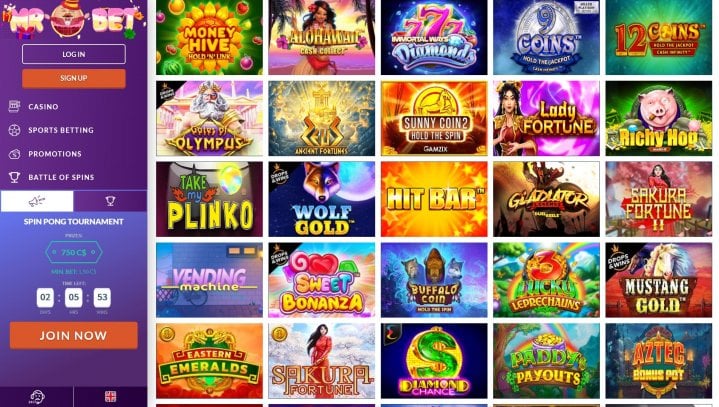
SEO (Search Engine Optimization) is one of the most essential digital marketing strategies for businesses. SEO can increase visibility of your business, drive more traffic to it, and boost sales – not to mention being cost-effective way of marketing online.
Understanding SEO effectively is vital to the growth of any business, and starting at its foundational levels is the best way to learn it.
Keyword research
Keyword research is at the core of any successful SEO strategy, helping you gain an insight into your audience and competitors as well as optimizing content to draw in targeted organic traffic that’s ready to convert. It provides invaluable intelligence on both sides.
Start by compiling a list of seed keywords related to your products or services, then enter these into a keyword research tool for analysis and keyword idea generation. Use these ideas as the foundation of a keyword strategy tailored specifically to meet your business goals.
Search intent is at the heart of every successful keyword research strategy, as Google seeks to connect people searching for “how-to” pages with those that provide detailed answers; this concept is known as contextual relevancy.
On-page optimization
On-page optimization involves improving those aspects of your website that you have control over, such as title tags, meta descriptions, keyword usage, internal links, URLs and images. All these elements have an effect on search engine rankings as well as user experience.
Search engines utilize title tags as the first indicator of what your page is about; title tags should include the keywords sought out by visitors while being descriptive of it all. Furthermore, meta descriptions have the power to convince searchers whether to click your page over another. Better is to browse around here https://go-root.com/ or visit our official website to know about SEO.
Other on-page SEO techniques include using hyphens to separate words and creating a breadcrumb structure to assist searchers navigate your site. Furthermore, optimizing URLs so they are short and easily read will also help search engines understand your pages better while encouraging people to visit them and increasing click-through rates. Finally, add alt text for images so search engines can read them.
Link building
Link building is an essential element of SEO that increases a website’s presence on search engine results pages. Link building involves deliberate strategies aimed at increasing organic traffic to the website through backlink acquisition; this practice can drastically expand organic visitation rates.
Backlinks are one of the primary ranking factors in Google’s algorithm, serving to demonstrate both popularity and authority for pages, as well as helping search engines determine whether a website fits within a niche market or not. But not all backlinks are equal: this means not all backlinks should be taken as indicators that all websites belong together.
Backlinks from authoritative news sources typically carry more weight than ones from low-authority blogs, and anchor text should always be considered; keyword-rich anchor text increases rankings more likely but it should not overdo it.
Content creation
SEO content creation entails producing pages optimized for search engines in terms of both quality and relevance, from keyword research and site structure through copywriting and meta descriptions to revisiting and refreshing older content created. This can take place monthly, quarterly or annually depending on how often new pages are produced.
SEO content must have a specific goal: it should provide useful information to people searching for certain topics, while remaining easily digestible for readers. Furthermore, distraction-free material and quickly loading times should be prioritized when producing SEO material.
Furthermore, it is also beneficial to gain a clear picture of what type of content already ranks for the target keyword. This can help you craft more effective articles, and give an indication of rankings; for instance, if primarily how-to guides appear as results then informational search intent exists.

